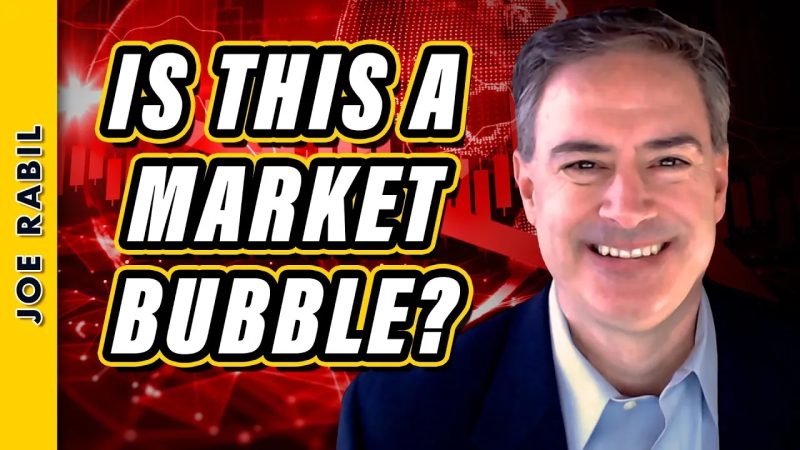In a digital age where information and investment opportunities are just a click away, the financial markets are often subject to extreme swings driven by investor behavior. Recent market trends have raised questions about whether the current environment is a market bubble or simply investors driven by mania. Understanding the underlying factors and dynamics at play can help investors navigate these uncertain times and make informed decisions.
One of the key indicators of a market bubble is a rapid increase in asset prices, often fueled by speculative behavior rather than fundamental value. When prices detach from underlying fundamentals, it can create a bubble that is at risk of bursting. In the current market environment, we have seen valuations in certain sectors, such as technology and cryptocurrencies, reach levels that some believe are unsustainable.
Investor mania, on the other hand, is characterized by irrational exuberance and herd mentality driving investment decisions. This can lead to exaggerated price movements and heightened volatility as investors chase returns without fully considering the risks involved. The recent frenzy surrounding meme stocks like GameStop and AMC Entertainment exemplifies how speculative mania can distort market dynamics.
To distinguish between a market bubble and investor mania, it is essential to assess the underlying factors driving market behavior. A market bubble is often fueled by excess liquidity, low interest rates, and exuberant investor sentiment. In contrast, investor mania tends to be more short-lived and centered around specific assets or themes that capture the public’s attention.
Central bank policies and geopolitical events can also play a significant role in shaping market dynamics. The unprecedented levels of stimulus injected into the economy by central banks in response to the COVID-19 pandemic have fueled asset price inflation and contributed to market exuberance. Geopolitical tensions, such as trade disputes and political uncertainty, can further exacerbate market volatility and investor sentiment.
As investors navigate these uncertain times, it is crucial to maintain a diversified portfolio and focus on long-term investment objectives. While it can be tempting to chase short-term gains during periods of market exuberance, this approach can expose investors to significant risks. By conducting thorough research, staying informed, and seeking professional advice, investors can better position themselves to weather market bubbles and investor mania.
In conclusion, distinguishing between a market bubble and investor mania requires a nuanced understanding of market dynamics and investor behavior. While both phenomena are driven by speculative excess and irrational behavior, they differ in terms of duration and underlying factors. By staying disciplined, diversifying investments, and remaining focused on long-term goals, investors can navigate choppy market waters with greater confidence and resilience.
